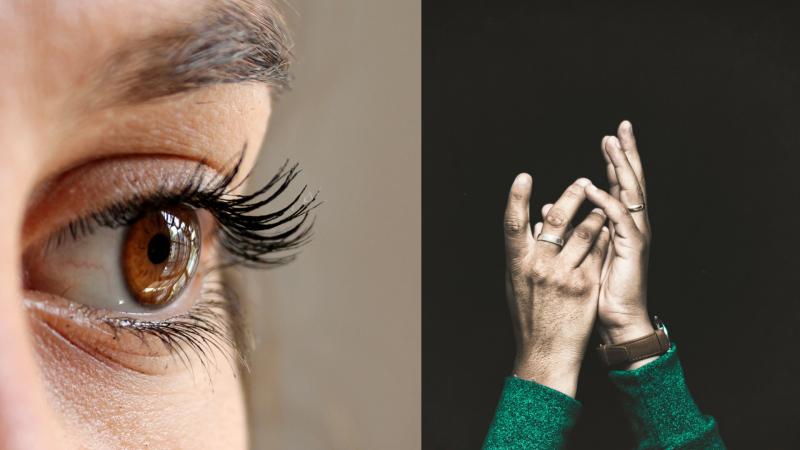
There are plenty of activities we as humans perform each day, which requires incredible amount of coordination between the different parts of our body. A simple act of lifting a book requires, first your eye to pin-point the book, next it guides your hand to clasp the book and then lift it up. Sounds complicated. Yet, each day, we can lift things up, catch fast moving objects, and ride very fast on the bike, hardly noticing what our hands our doing, while swerving through the traffic. Some sports person can even react in a fraction of a second, hitting a fast-moving ball as soon as the eye catches a glimpse of the ball. So how do we do it? Despite being initiated and controlled by different regions in the brain, how does the eye and hand work in such perfect harmony? Are we born with such impeccable eye-hand coordination or is it developed over years of experience?
A new study by scientists from Indian Institute of Science, Bengaluru and National Brain Research Center, Harayana has tried to answer these question by studying the computational architecture of the eye-hand coordination network.
The scientists used drift diffusion framework, a computational framework that predicts the variations in the Reaction Time (RT), to understand the eye-hand coordination architecture. The study revealed two types of architecture in use by the brain. A task that requires a visual search requiring decision making was explained by a common stochastic accumulator model, while a independent, interactive accumulator model better predicted a task that involved the eye and hand performing separate tasks.
The study also revealed that the brain could initiate one of the two computational architectures based on the context of the task at hand. The scientists observed the brain switching between the two architectures, even when performing just a visual search type of task, suggesting the initiation of an architecture did not depend on entirely on the task.
The study is a first attempt at explaining what millions of years of evolution has enabled – perfect coordination between the different parts of our body.





